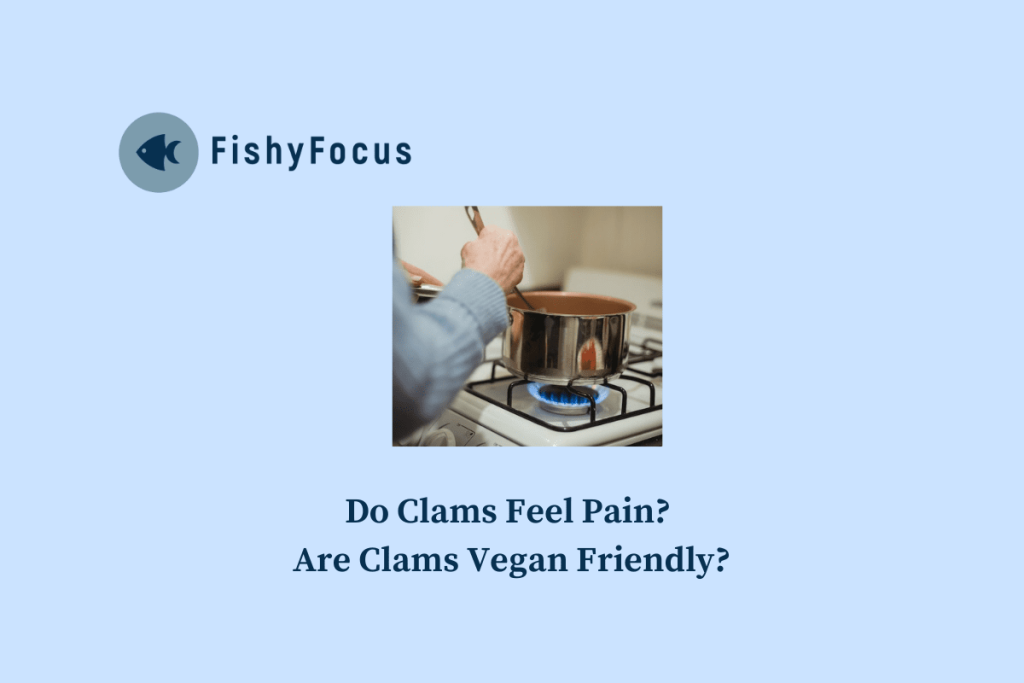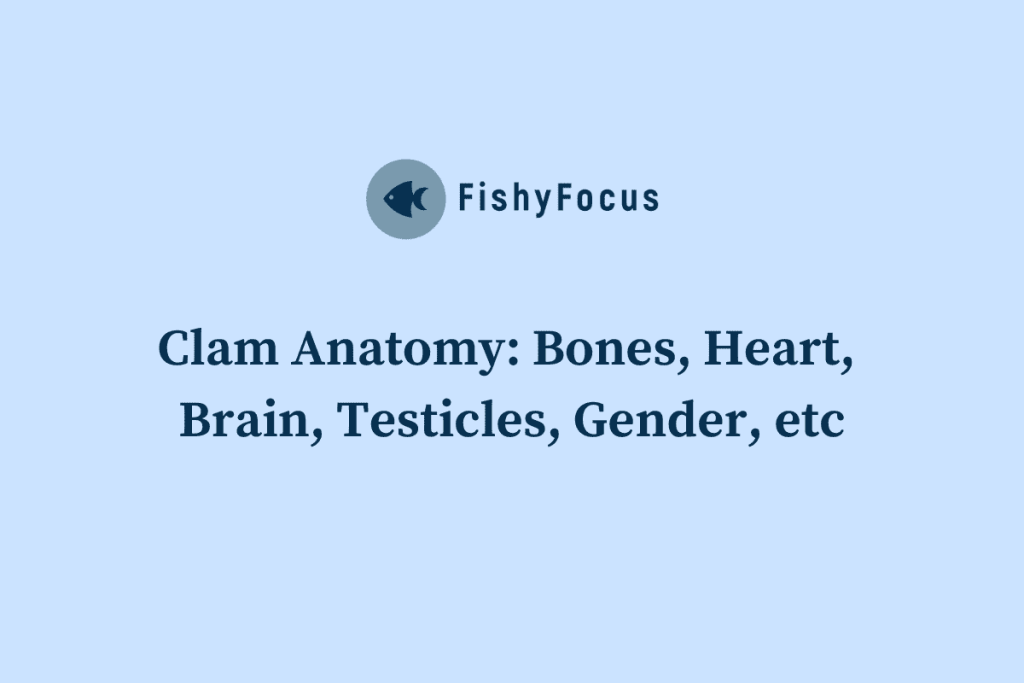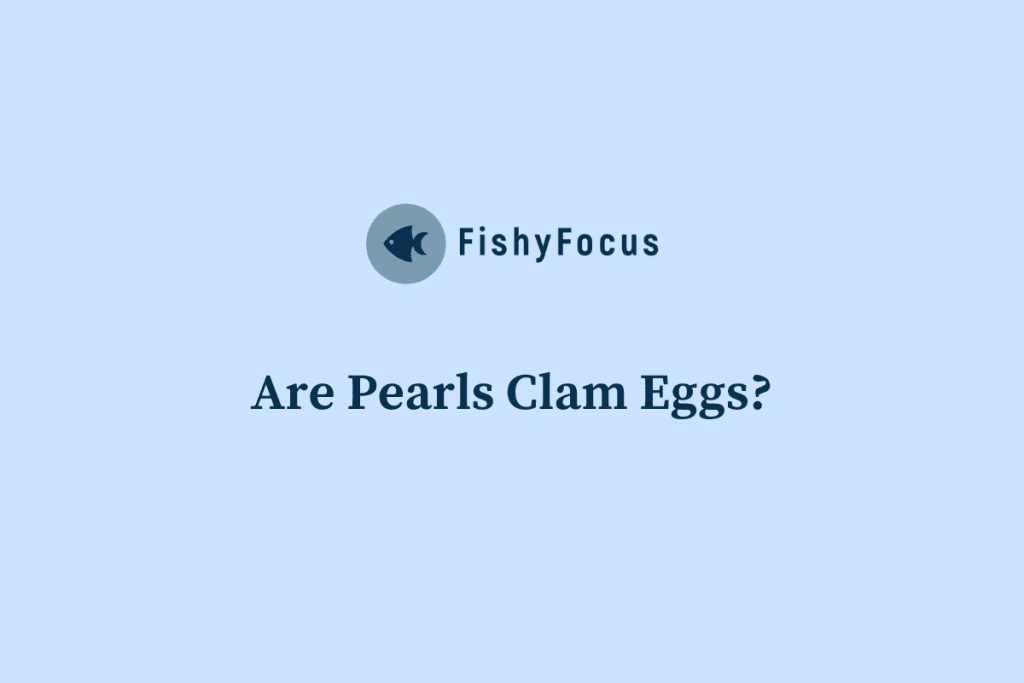Clams are a type of shellfish that are widely consumed around the world. They are not only delicious but also a valuable source of protein and other essential nutrients. Clams are commonly used in various dishes, such as clam chowder, pasta, and sushi. However, like any other food, clams can be affected by parasites, which can have a significant impact on their quality and safety.
Parasites are organisms that live on or inside another organism, known as the host, and derive their nourishment from it. They can be found in various environments, including water bodies where clams reside. Parasites can infect clams and cause harm to both the clams themselves and the humans who consume them.
Key Takeaways
- Clams can be infected with parasites that can cause health risks for humans.
- There are different types of parasites that can affect clams, including protozoa and trematodes.
- The life cycle of clam parasites involves multiple hosts, including birds and snails.
- Symptoms of clam parasites in humans can include diarrhea, abdominal pain, and fever.
- Eating infected clams can lead to serious health risks, such as liver damage and neurological problems.
Types of Parasites that Affect Clams
There are several types of parasites that can infect clams. One common type is the trematode parasite, also known as flukes. These parasites have complex life cycles that involve multiple hosts, including snails and birds. When clams consume infected snails or bird droppings, they become infected with trematodes. These parasites can cause damage to the clam’s tissues and organs, leading to reduced growth and reproduction.
Another type of parasite that affects clams is the protozoan parasite. These microscopic organisms can infect clams through contaminated water or food sources. Once inside the clam’s body, protozoan parasites can cause various health issues, such as inflammation and tissue damage. They can also affect the clam’s ability to filter water and obtain nutrients.
The Life Cycle of Clam Parasites
The life cycle of clam parasites is complex and involves multiple stages. It typically begins with the release of parasite eggs into the environment through the feces of infected hosts. These eggs then hatch into larvae, which must find a suitable host to continue their development.
In the case of trematode parasites, the larvae are often consumed by snails, where they undergo further development. Once inside the snail, the larvae multiply and transform into a different stage called cercariae. These cercariae are then released into the water, where they can infect clams.
Once inside the clam, the parasites continue to develop and reproduce. This can lead to a significant infestation, which can have detrimental effects on the clam’s health and survival. The life cycle of clam parasites is influenced by various factors, including environmental conditions and the availability of suitable hosts.
Symptoms of Clam Parasites in Humans
Consuming clams infected with parasites can have adverse effects on human health. The symptoms experienced by individuals who consume infected clams can vary depending on the type and severity of the parasite infestation.
One common symptom of clam parasite infection is gastrointestinal distress. This can include symptoms such as nausea, vomiting, diarrhea, and abdominal pain. These symptoms are caused by the presence of parasites in the digestive system, which can irritate the lining of the stomach and intestines.
In some cases, parasite infections can also lead to more severe symptoms, such as fever, fatigue, and muscle aches. These symptoms may indicate a more serious infection or complications resulting from the parasite infestation.
Health Risks Associated with Eating Infected Clams
Consuming infected clams can pose various health risks to individuals. One of the main concerns is the potential for foodborne illnesses caused by bacteria or viruses that may be present in the clams along with the parasites.
In addition to gastrointestinal distress, consuming infected clams can also lead to other health issues such as allergic reactions. Some individuals may be allergic to certain parasites or their byproducts, which can trigger an immune response and cause symptoms such as itching, hives, and difficulty breathing.
Furthermore, long-term exposure to clam parasites can have cumulative effects on human health. Chronic infections can lead to nutrient deficiencies, weight loss, and weakened immune function. These conditions can make individuals more susceptible to other infections and diseases.
To mitigate these health risks, it is essential to ensure that clams are properly handled, cooked, and consumed.
Prevention Measures to Avoid Clam Parasites
There are several prevention measures that can be taken to avoid clam parasites and reduce the risk of infection. These measures can be implemented both in the food industry and at home.
One of the most effective prevention measures is to ensure that clams come from reputable sources that follow proper handling and storage practices. This includes maintaining proper temperature control during transportation and storage to prevent the growth of bacteria and parasites.
In addition, proper cleaning and rinsing of clams before cooking can help remove any external parasites or contaminants. It is also important to discard any clams that are cracked, open, or do not close when tapped, as these may indicate spoilage or contamination.
How to Properly Cook Clams to Kill Parasites
Proper cooking techniques can help kill parasites in clams and ensure their safe consumption. It is recommended to cook clams at a temperature of at least 145°F (63°C) for a minimum of 15 seconds. This temperature is sufficient to kill most parasites and bacteria that may be present in the clams.
When cooking clams, it is important to ensure that they are cooked thoroughly and evenly. This can be achieved by steaming, boiling, or grilling the clams until they open fully. It is crucial not to consume any clams that do not open during the cooking process, as this may indicate that they were not cooked properly or were already dead before cooking.
Methods of Detecting Parasites in Clams
There are several methods that can be used to detect parasites in clams before consumption. One common method is visual inspection, where clams are examined for any signs of external parasites or abnormalities. This can include looking for worms or other visible parasites on the surface of the clam’s shell or flesh.
Another method is microscopic examination, where a small sample of clam tissue is examined under a microscope for the presence of parasites or their eggs. This method can provide more accurate and detailed information about the type and severity of the parasite infestation.
In addition, molecular techniques such as polymerase chain reaction (PCR) can be used to detect the presence of specific parasite DNA in clam samples. These techniques are highly sensitive and can detect even low levels of parasite contamination.
Treatment Options for Clam Parasites
If clam parasites are detected, there are several treatment options that can be considered to ensure safe consumption of clams. One common treatment method is freezing, where clams are frozen at temperatures below -4°F (-20°C) for a minimum of 7 days. This freezing process can kill most parasites and bacteria that may be present in the clams.
Another treatment option is cooking clams at high temperatures, as mentioned earlier. Proper cooking techniques can effectively kill parasites and ensure the safety of the clams.
In some cases, chemical treatments may be used to eliminate parasites in clams. However, it is important to ensure that any chemicals used are approved for use in food products and do not pose any health risks to consumers.
Maintaining Safe Consumption of Clams
In conclusion, clams are a popular and nutritious food source that can be affected by parasites. These parasites can have detrimental effects on both the clams themselves and the humans who consume them. It is important to take preventive measures to avoid clam parasites and ensure safe consumption.
By sourcing clams from reputable suppliers, properly handling and storing them, and cooking them thoroughly, individuals can reduce the risk of parasite infections. Regular visual inspections, microscopic examinations, and molecular techniques can also be used to detect parasites in clams before consumption.
By following these guidelines and taking necessary precautions, individuals can continue to enjoy the delicious taste and nutritional benefits of clams while minimizing the potential health risks associated with parasite infections.
FAQs
What are parasites?
Parasites are organisms that live on or inside another organism, known as the host, and rely on the host for survival.
Can clams have parasites?
Yes, clams can have parasites. They can be infected by a variety of parasites, including protozoans, trematodes, and nematodes.
What types of parasites can infect clams?
Clams can be infected by a variety of parasites, including Perkinsus marinus, Haplosporidium nelsoni, and QPX.
Are parasites in clams harmful to humans?
Some parasites found in clams can be harmful to humans if consumed. For example, the parasite Vibrio parahaemolyticus can cause illness in humans if ingested.
How can you tell if a clam has parasites?
It can be difficult to tell if a clam has parasites just by looking at it. However, if a clam is infected with a parasite, it may show signs of illness, such as a decrease in activity or appetite.
Can parasites in clams be treated?
There are some treatments available for parasites in clams, such as antibiotics and antiparasitic drugs. However, prevention is the best way to avoid parasite infections in clams.



